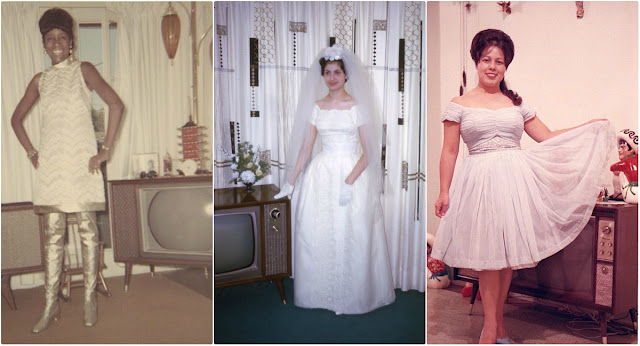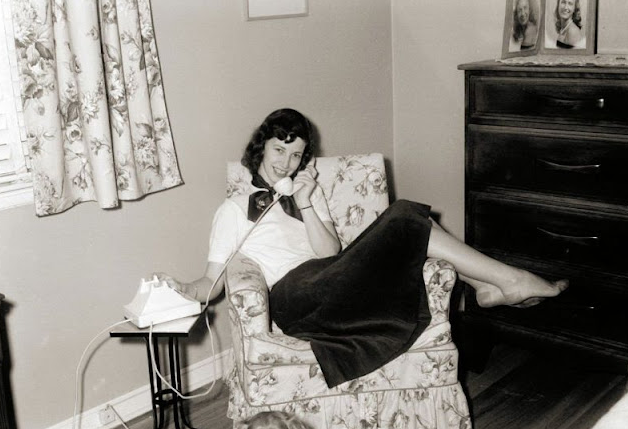Short skirts have existed for a long time before they made it into mainstream fashion, though they were generally not called “mini” until they became a fashion trend in the 1960s. In the early 20th century, the dancer Josephine Baker’s banana skirt that she wore for her mid-1920s performances in the Folies Bergère was subsequently likened to a miniskirt. Extremely short skirts became a staple of 20th-century science fiction, particularly in 1940s pulp artwork, such as that by Earle K. Bergey, who depicted futuristic women in a “stereotyped combination” of metallic miniskirt, bra and boots.
Hemlines were just above the knee in 1961, and gradually climbed upward over the next few years. By 1966, some designs had the hem at the upper thigh. Stockings with suspenders (garters) were not considered practical with miniskirts and were replaced with colored tights. The popular acceptance of miniskirts peaked in the “Swinging London” of the 1960s, and has continued to be commonplace, particularly among younger women and teenage girls. Before that time, short skirts were only seen in sport and dance clothing, such as skirts worn by female tennis players, figure skaters, cheerleaders, and dancers.
Several designers have been credited with the invention of the 1960s miniskirt, most significantly the London-based designer Mary Quant and the Parisian André Courrèges.
![]()
![]()
![]()
![]()
![]()
![]()
![]()
![]()
![]()
![]()
![]()
![]()
![]()
![]()
![]()
![]()
![]()
![]()
![]()
![]()
![]()
![]()
![]()
![]()
![]()
.jpg)
.jpg)
.jpg)
.jpg)
.jpg)
.png)
.jpg)
.jpg)
.jpg)
.jpg)
.jpg)
.jpg)
.jpg)
.jpg)
.jpg)
.png)
.jpg)
.jpg)
.jpg)
.jpg)
.jpg)
.jpg)
.jpg)
.jpg)
.jpg)



